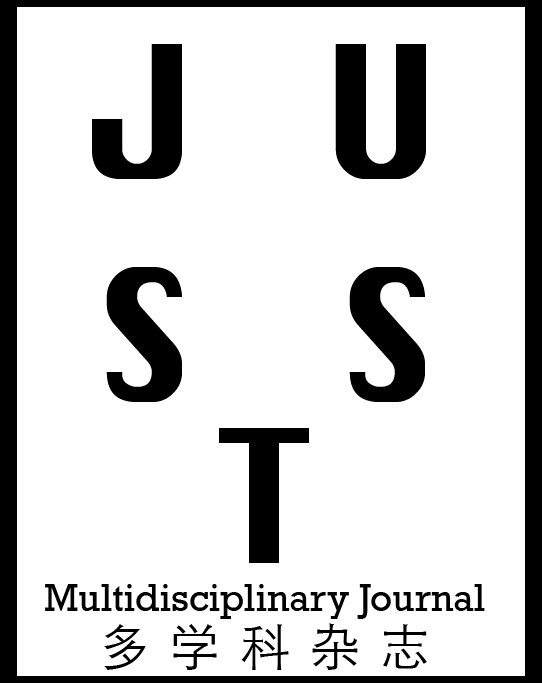Mandeep Singh, M. Tech Student, Dr Prashant Garg, Associate Professor
Civil Engineering Department, Guru Nanak Dev Engineering College Ludhiana, India.
Evaluation Of Use of Stone Column in Unengineered Closed Landfill Soil
Authors
Abstract
In the building industry, ground improvement techniques based on stone column are widely employed. It is a very successful approach for enhancing the engineering characteristics of soil in all aspects, as well as reducing the settling issue in poor-grounded soils including silt, clay, silty sand, and organic soil. The performance of stone columns, is determined by the confining pressure provided by the surrounding soils. Engineering constructions built on thick layers of soft soil strata face issues such as limited bearing capacity, excessive total and differential settlement, lateral spreading, and so on. To address such issues, many ground improvement techniques are available. In exceptionally soft soils, the lateral confining pressure may be inadequate, resulting in column bulging failure. Individual stone column encasement improves lateral resistance to bulging by adding restricting pressure. This research focuses on the geotechnical aspects of building on closed landfill sites. A total of 33 models were tested in a geotechnical engineering laboratory on virgin former landfill soil and stone column with and without encasement in this current study. The increased diameter, length and L/D ratio of the column has demonstrated that the load capacity has increased and soil settling has decreased. When an unreinforced stone column has been installed, the ultimate bearing capacity of landfill soil is increased by 75-112.50 per cent and 87.50-176 per cent respectively, for 10mm and 20mm diameter stone column. Furthermore, when a fully reinforced stone column has been installed, it had increased by 156.25-212.50 per cent and 200-298 per cent for 10mm and 20mm diameters respectively. The stiffness of soil is increased by the stone column, which contributes to increase in the load capacity. The geogrid layer confines an aggregate, which contribute to enhance shear stiffness and bearing capacity.
